“The 24 City is blooming with cotton roses, which has always been a stunning sight to see in Chengdu. I take pride in the city, for nothing else but its bygone days of glory.” – From 24 City
24 City, a documentary directed by Jia Zhangke, tells the story of Factory 420 in Chengdu, which has been developed into 24 City by CR Land. The movie has stirred the reminiscences of countless locals.
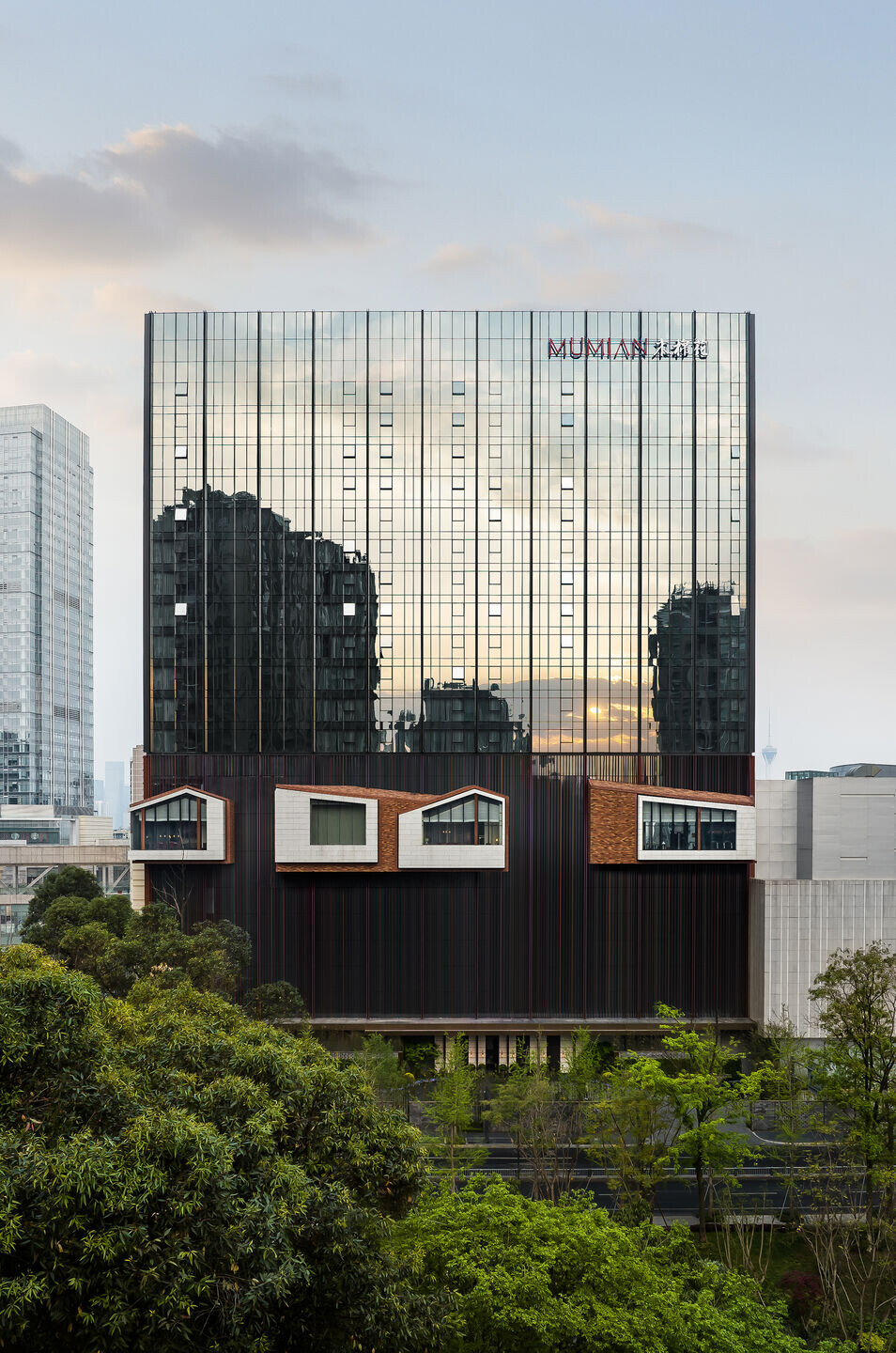

In the late 1950s, large-scale arsenals and heavy industries were transferred to Southwest China amid the country’s Third-Front Construction campaign. During this period, Factory 111 in Shenyang, a city in Northeast China, was moved to Chengdu as Factory 420. Located in Shuangqiaozi, the factory used to be one of the largest enterprises in China’s defense industry, boasting nearly 20,000 workers in its prosperous time.


A participant in China’s industrial development, Factory 420 also embraced the traditional refined, laid-back lifestyle of the city. A witness of the joys and sorrows of ordinary people, it also marked the glory of the old days and the determination, hard work, and unyielding spirit of the special period. It was a symbol of pride and honor as well as a testimony of youth.
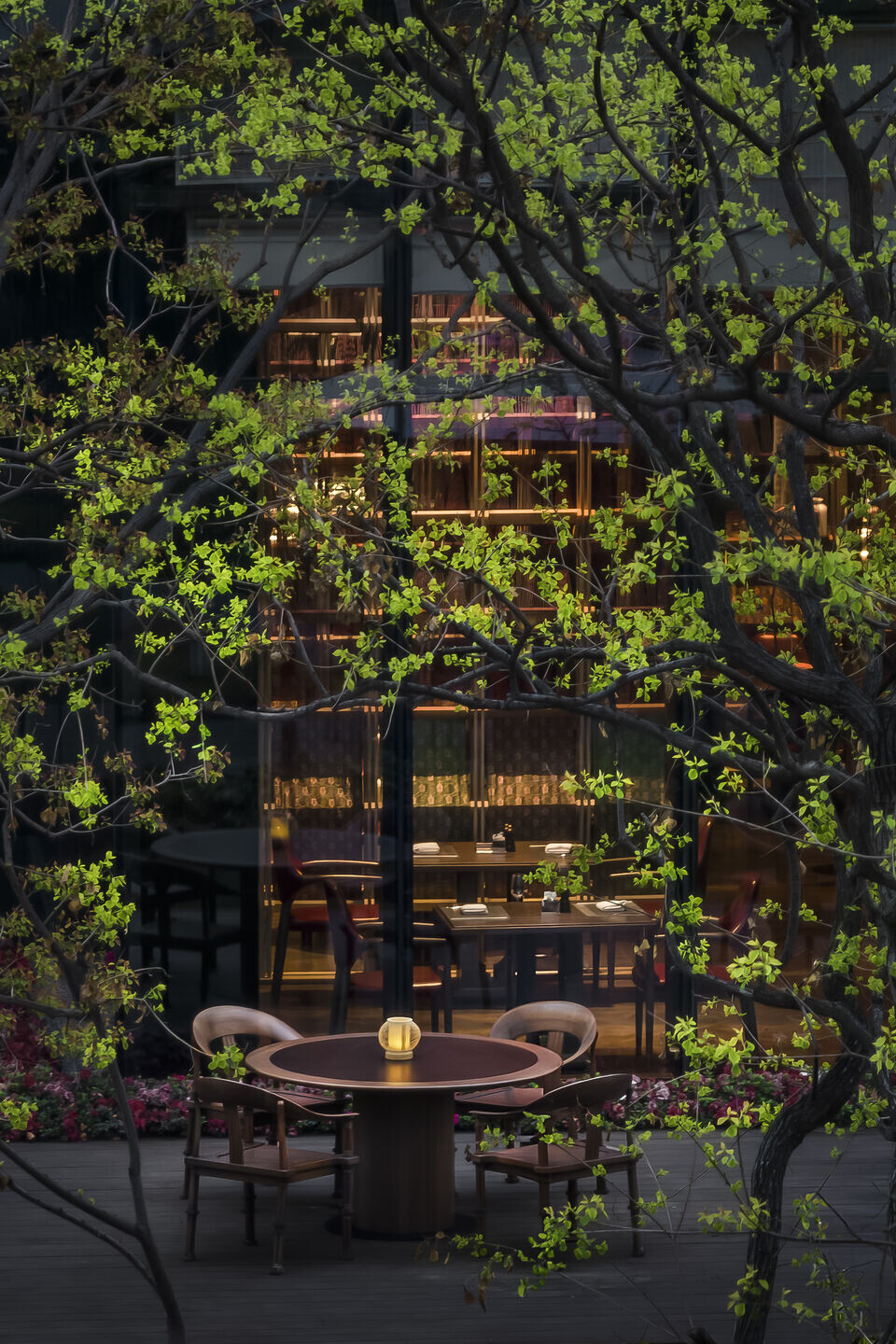

In 2007, the well-known factory in Chengdu was dismantled. The land on which it stood was obtained by CR Land in a bid and was developed into a project currently known as 24 City. The chimneys of the old factory have long gone, but memories about Factory 420 are still vivid for numerous people who have lived the history.

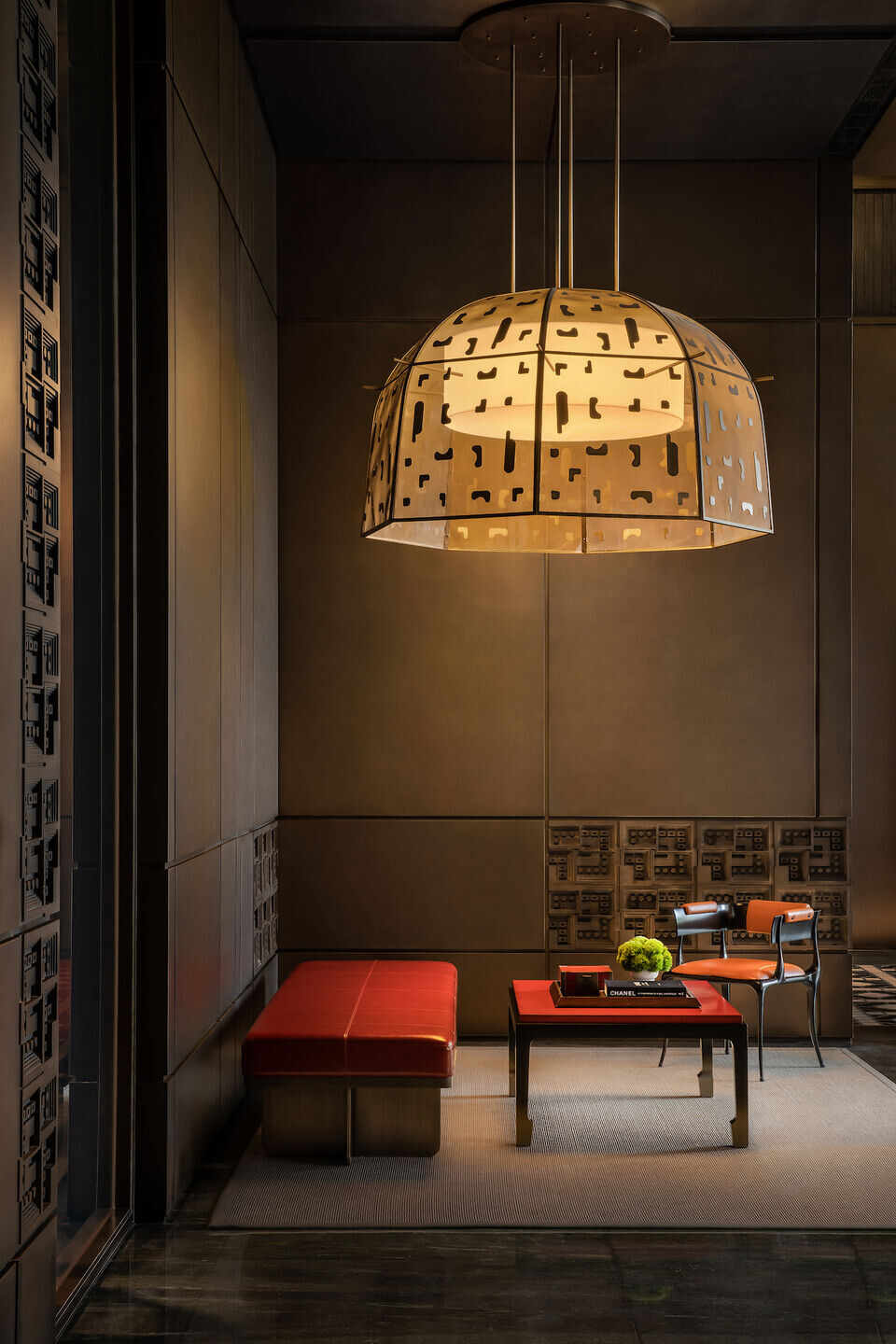
Old memories echoed in a new development
“For some people, it evokes memories about growing up, while for others, it is the symbol of home.”
For ancient Chengdu, 24 City marks the future. For today’s Chengdu, it represents the tradition and the history of the older generations.
A participant of history, the site, where Mumian Chengdu stands, has evolved beyond the limit of time. It is not only a witness to Chengdu’s booming industries, but also a signature of 24 City, a celebration of culture and history valued by CR Land.


The legendary history of the site has become a source of creativity. With the utmost respect for the past, CCD drew inspiration from the lifestyle of literati in ancient Chengdu and the history of 24 City. They engraved the area’s historical and cultural essence into the hotel, thus unveiling a brand-new chapter.
The designers believe that the value of everyday life is truly relished only after experiencing ups and downs. They hope to create a space that offers a poetic lifestyle and subtly inspires appreciation for the city’s culture.


A new chapter unveiled amid a bustling old neighborhood
While imbued with a sense of nostalgia for the bustling old neighborhoods of Chengdu, the hotel also offers an exceptional modern guest experience. The new and the old, the present and the past, time and space overlap with each other. It narrates a tale that began years ago, a narrative that continues to evolve with twists and turns, bound by an everlasting journey with no final chapter in sight.
The purity and easiness found in nature are introduced into the project. The outdoor landscape and the interior harmonize with each other, infusing a sense of relaxing tranquility into the space.

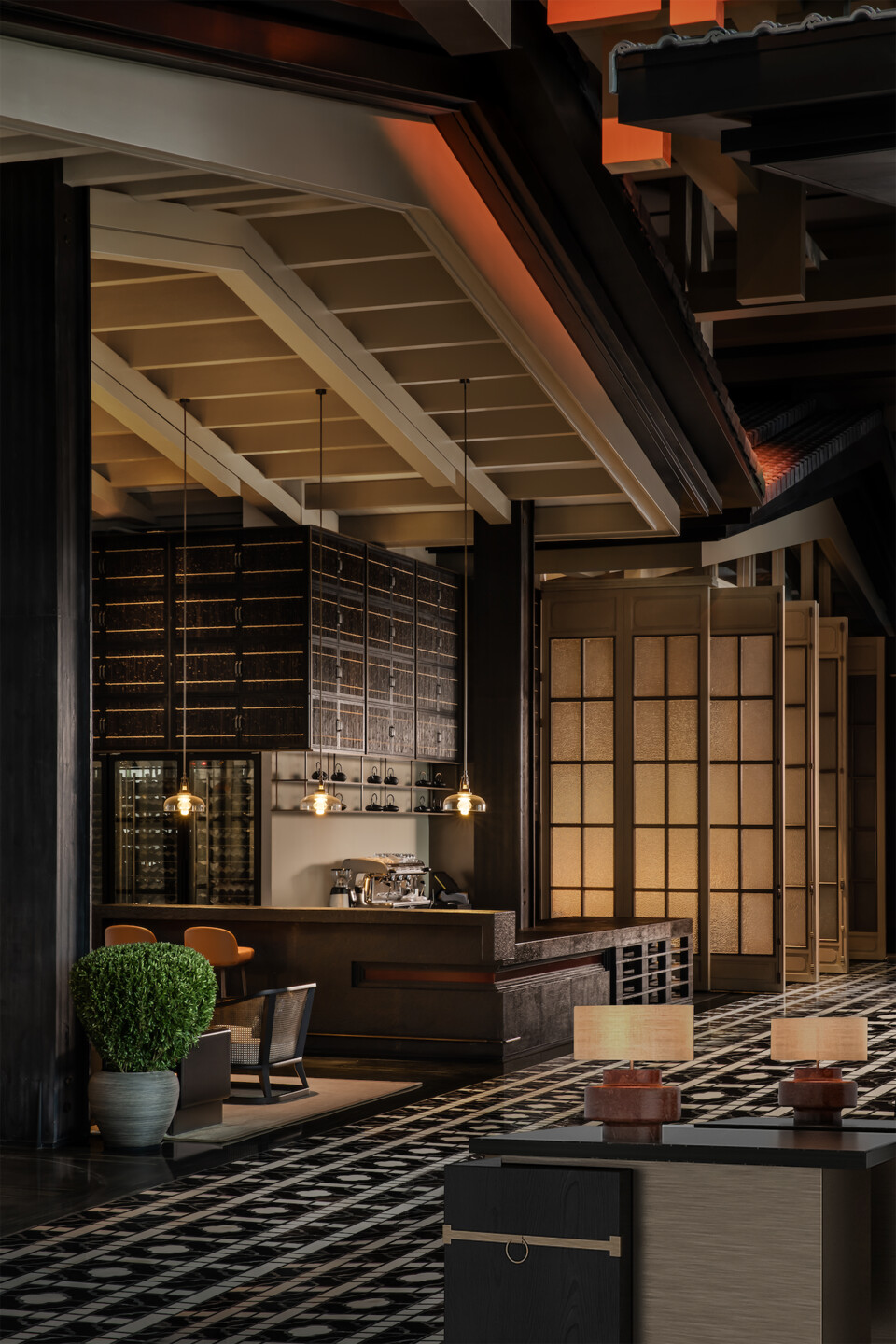
The initial concept for the project was to craft a space of art that incorporates antiquity with modernity. The designers rebuilt the original structure using oriental architectural elements, adorning it with soft lighting and crafting a sophisticated, relaxed atmosphere.
The artworks on the reception desk are inspired by the red walls of Wuhou Temple and the bustling streets next to the city’s East Gate. The elements of luxuriant bamboo, red walls, and bustling neighborhoods serve as profound symbols not only representing the historical capital of the ancient Shu Kingdom but also offering a wellspring of creative influence for contemporary art.
The land, on which the hotel stands, is like a piece of amber that seals the cultural legacy of Chengdu. It has documented and displayed the most beautiful memories about the city. Local cultural heritages become valuable art pieces for display, leaving the imprints of Factory 420 amid the changes of Chengdu.
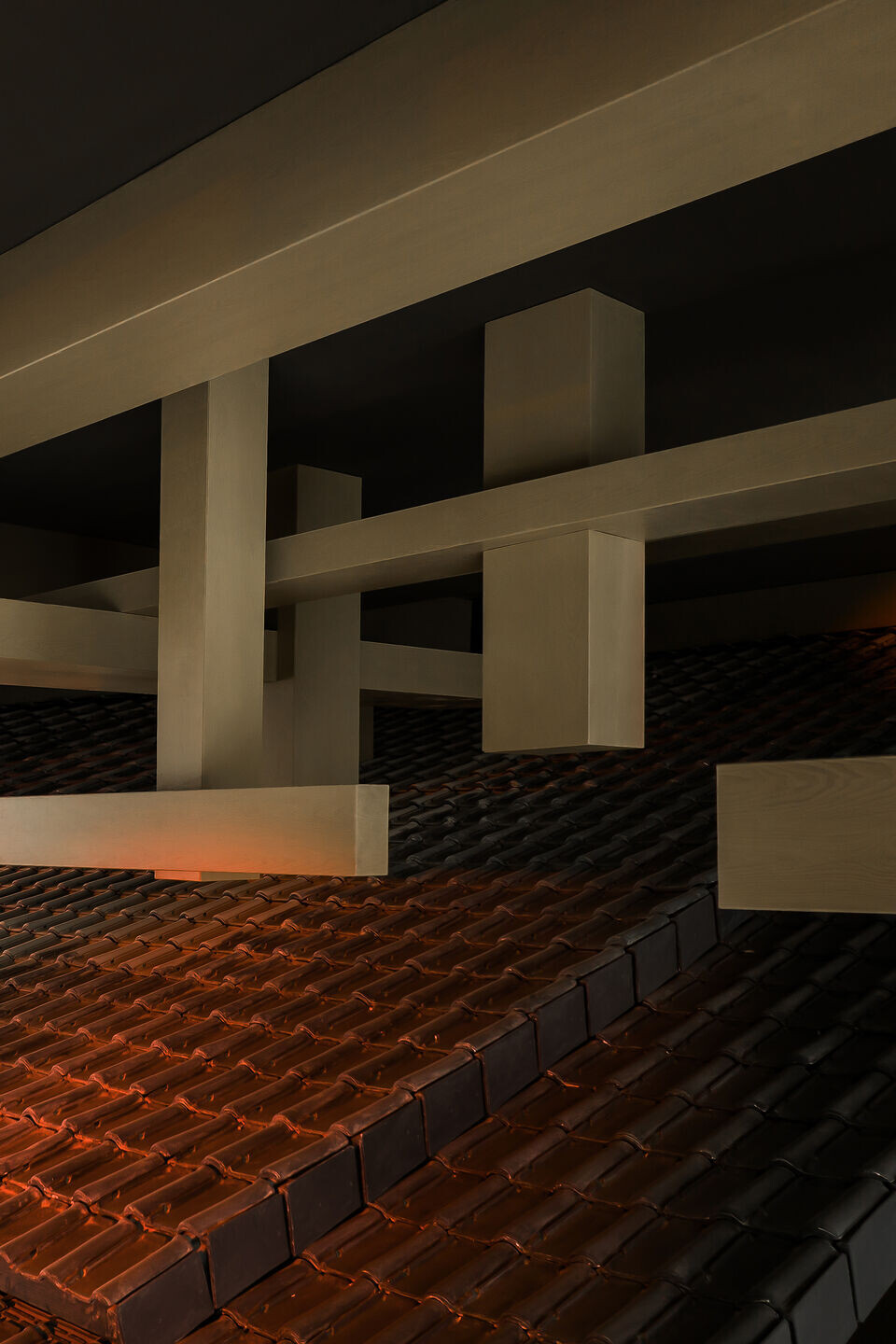

A refined haven crafted in sophisticated detail
The designers showcase a profound reverence for history and nature as they embark on a quest to capture the vibrant yet poetic essence of Chengdu's bustling existence in the past. They aimed to achieve a balance between the antiquated and the contemporary in their striving to rejuvenate the cultural heritage.
They skillfully interwove elements of Chengdu's traditional architecture into the space. By drawing inspiration from age-old compositions and fusing them with contemporary design, they skillfully juxtaposed the new and the old, resulting in a captivating harmony that resonates beautifully.

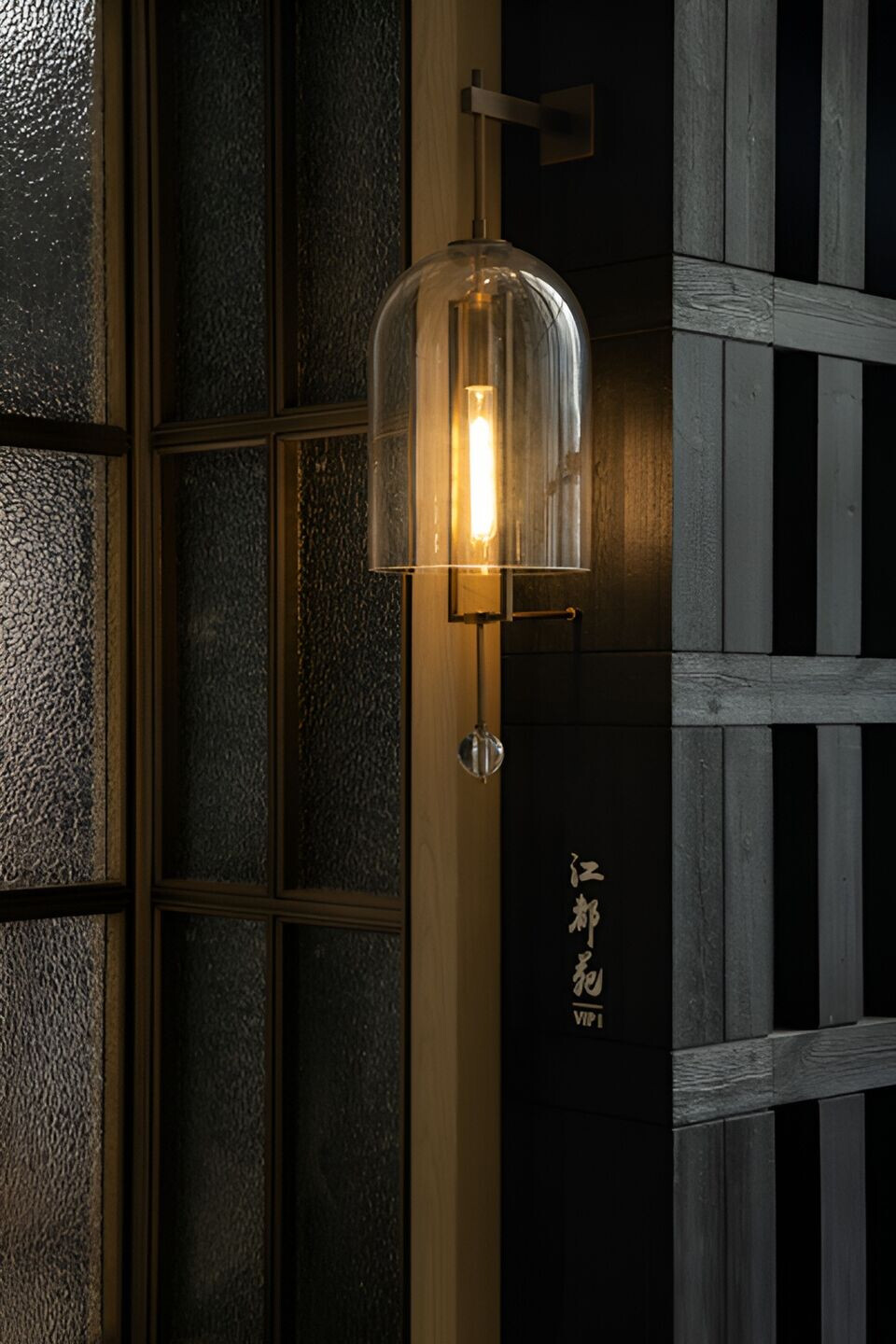
The structures, adorned with gray bricks and pitched roofs, evoke memories of an ancient street. However, the entire space exudes a contemporary ambiance, fused with an unceasing vitality.
Splendid Sichuan figured satin is used to accentuate the beauty and tranquility of the space, inviting visitors to experience the glory of traditional culture and the artistic vibe of a modern aesthetic.
Inspired by the teahouses of Chengdu, the spatial design carries the social philosophy of Chengdu’s residents, creatively blending this unique culture into the detail of the space.


An enchanting feast adorned with stunning satin
By incorporating Sichuan figured satin, the designers skillfully interwove time into the space, curating an enchanting feast of the traditional craft.
The dining area, elegantly decorated with stunning satin, captures the lively atmosphere of the city. The vibrant hues of the craftsmanship evoke deep emotions for tales of the past, enveloping guests in a comforting embrace of nostalgia for the vibrant yesterday.
An encounter with delight, an experience defined by poetic gracefulness
The pursuit of a refined lifestyle always stands as a guiding beacon in one's journey.
It is the appreciation of beauty that nurtures gracefulness.
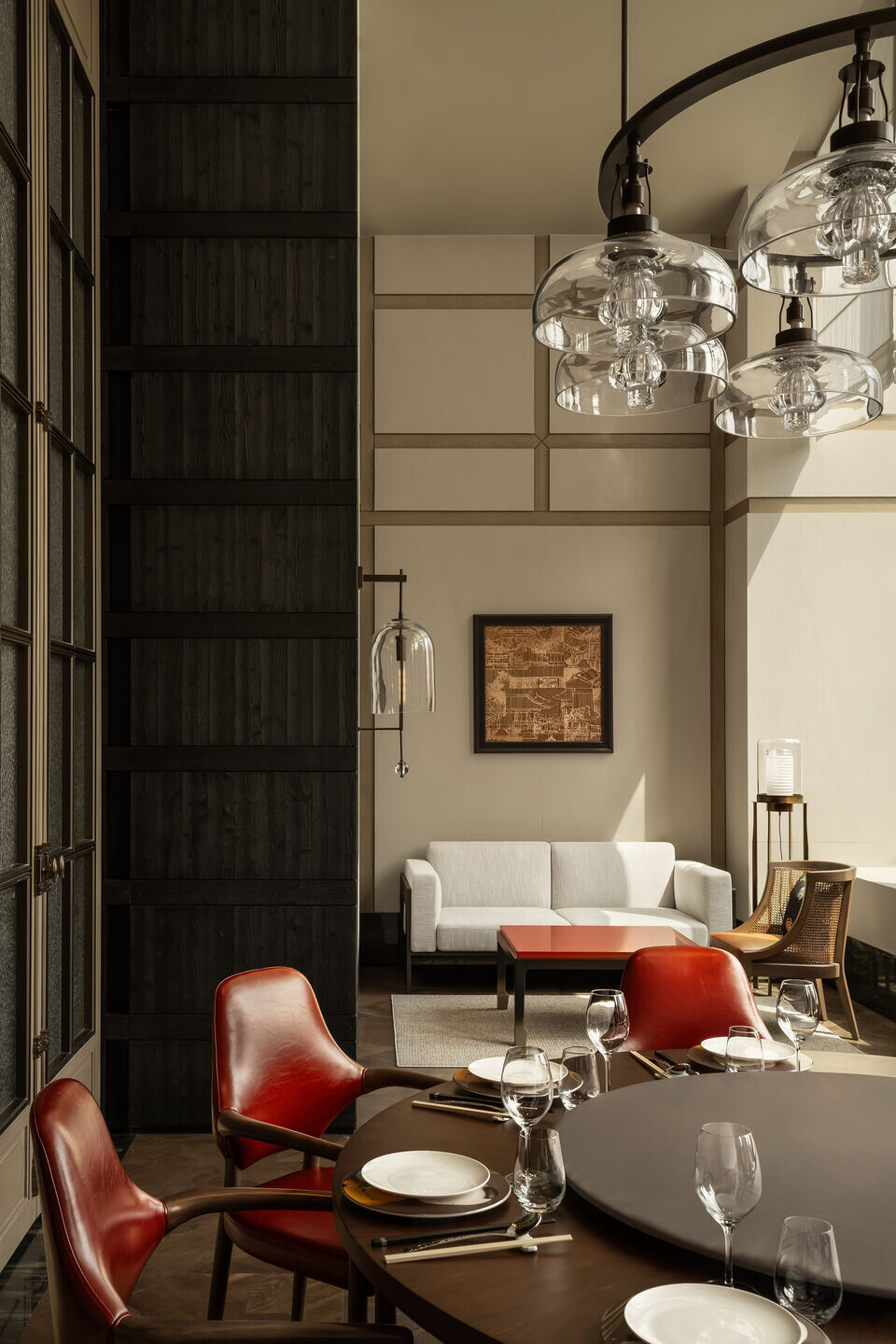
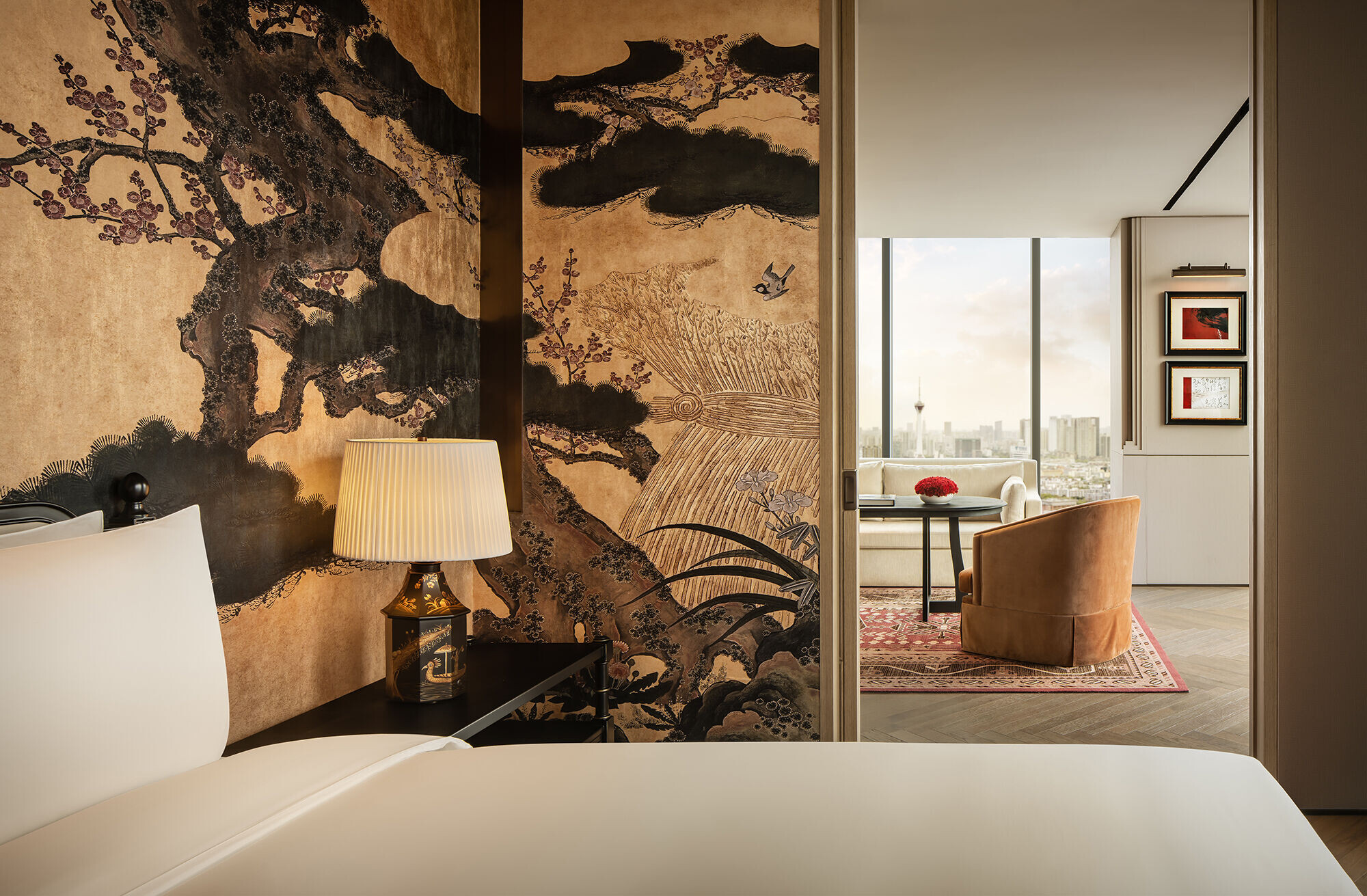
The guestrooms gracefully embrace a connection with the past. Every detail, whether it is a piece of furniture, a painting, an engraved porcelain pattern, or a motif on furnishings, serves as a medium for emotional resonance. Consequently, the design embodies timeless beauty, weaving together the essence of vintage charm and a contemporary aesthetic.
The hotel boasts the city's rich culture, embraces local craftsmanship with timeless charm, and seamlessly combines ancient and modern design elements to unfold a distinctive and captivating atmosphere.
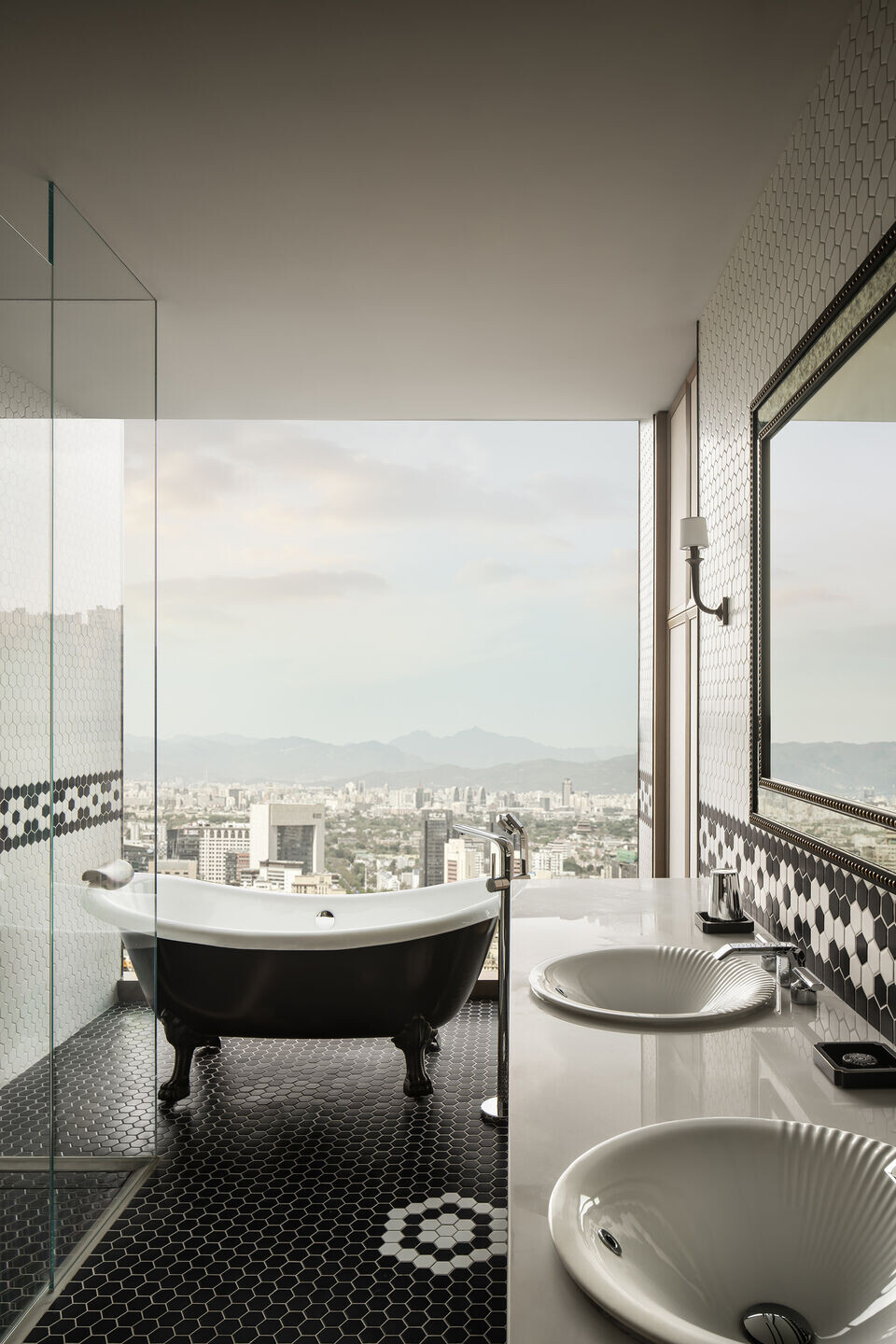

Team:
Client: China Resources Land
Interior design: CCD / Cheng Chung Design (HK)
Art consultant: CCD · WOWU
Logo design: CCD · ATG BEYOND
Material platform: IDEAFUSION
Lighting design: ARC Lighting Design, David Singer
Photography: Wang Ting, Qiu Xin

























































